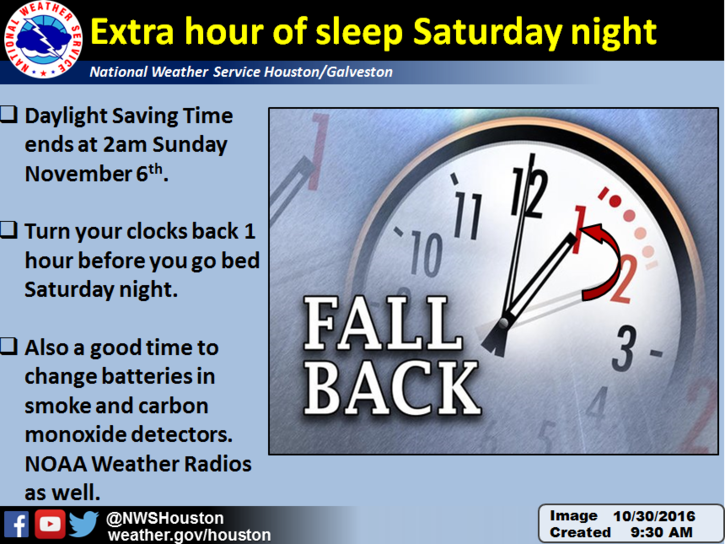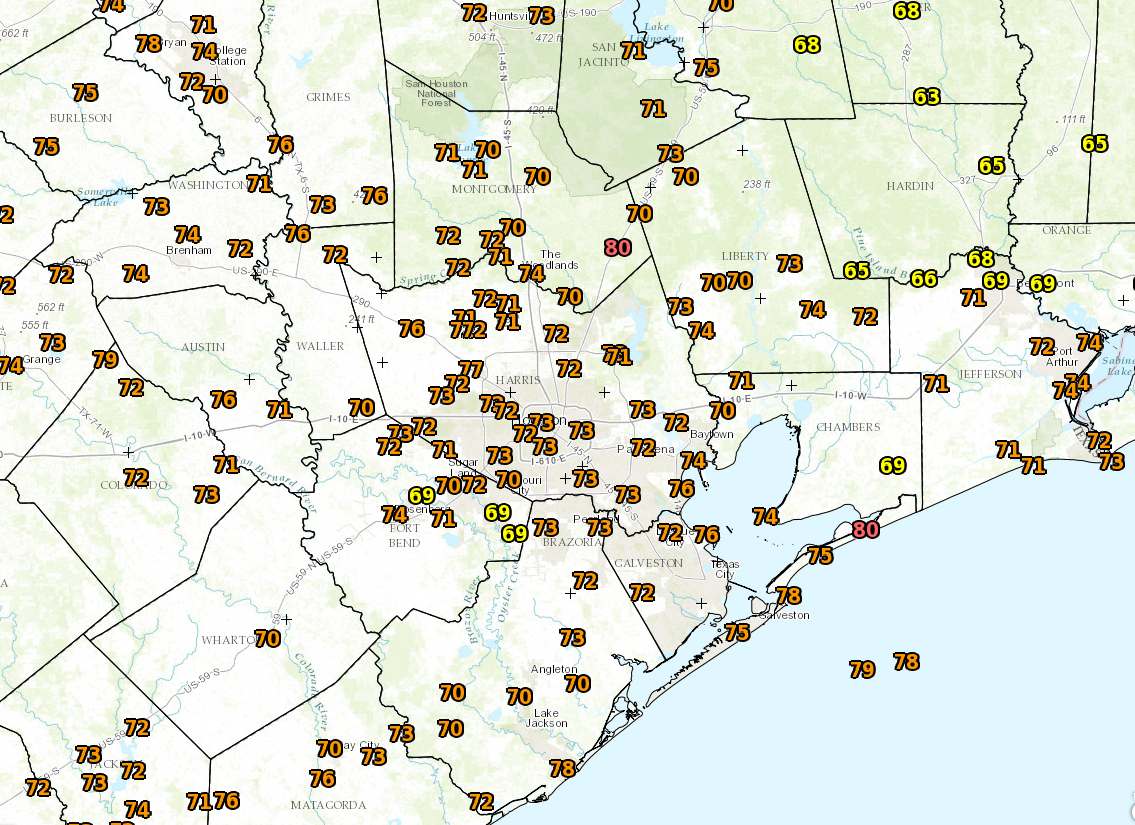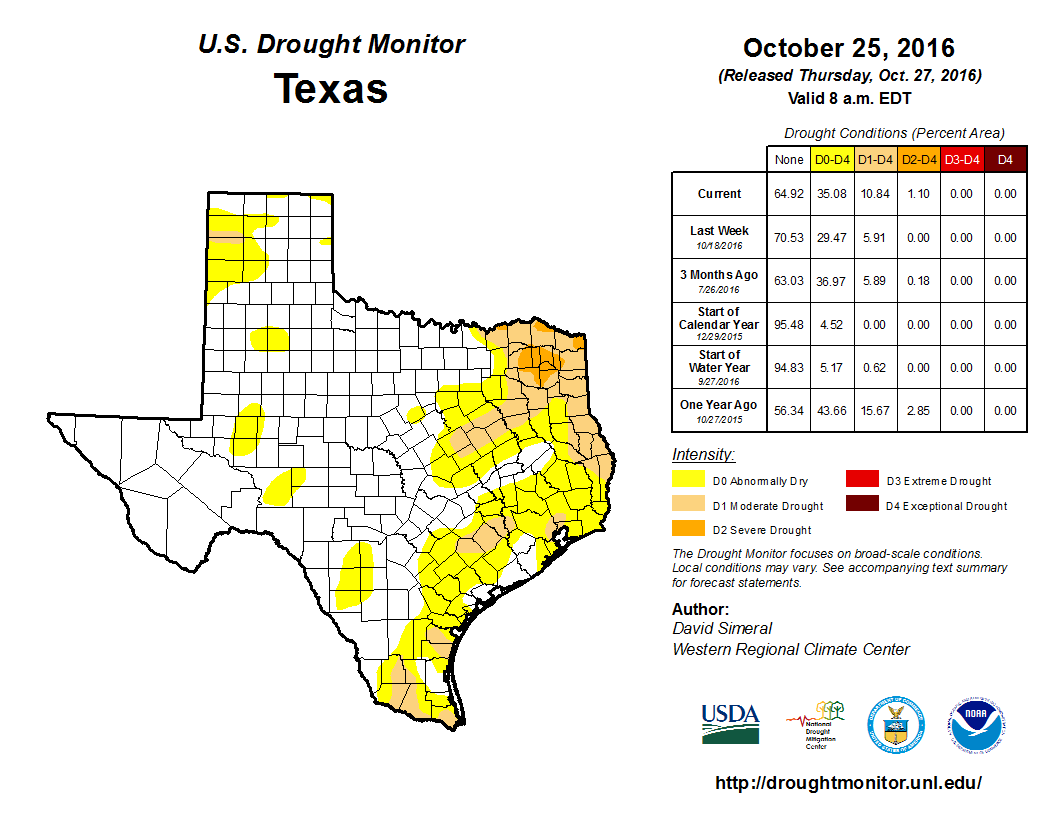First off, a very happy Veterans Day to those who have served and defended our great nation. We owe you our deepest gratitude for your service and sacrifices. Thank you!
On to our weather. If you were looking for a nice, quiet autumnal weekend, I think you’re going to find one the next few days.
Today through Sunday
The biggest forecast challenge I see is cloud cover.
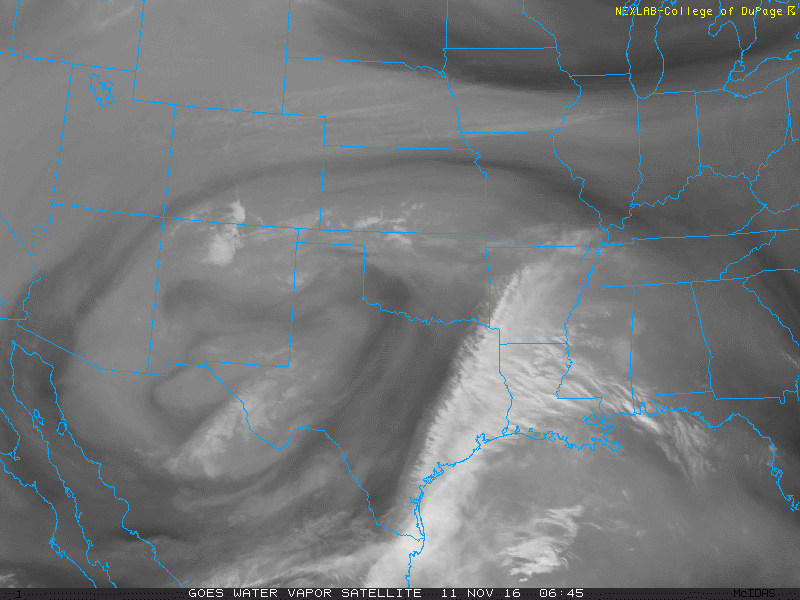
An upper low well to our west and ample jet stream energy off the Pacific are helping to keep a high deck of clouds in the forecast the next couple days. If you look at weather model data, this upper low is forecast to basically shear itself apart and open up before being ejected off to the east later this weekend.
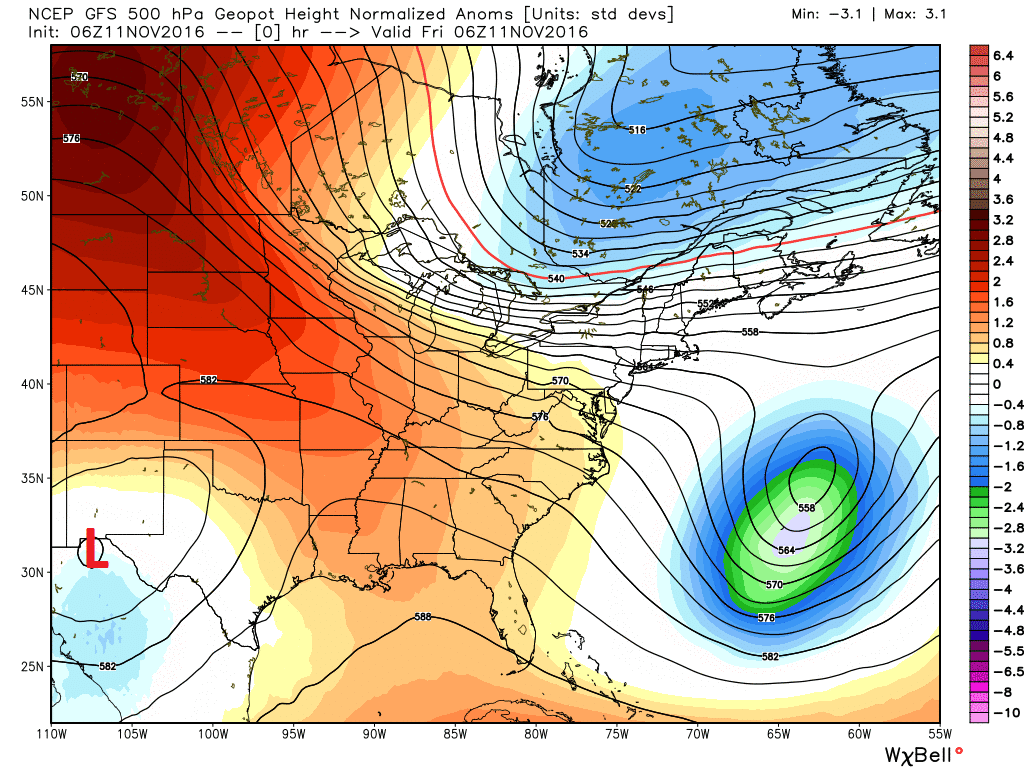
What does it mean for you? Expect intervals of clouds and sunny breaks today and tomorrow. We should probably see more of the same Sunday also, though we could see gradually decreasing clouds. Temperatures will vary based on clouds. If we see a lot of clouds, expect daytime highs in the upper 60s to around 70 and nighttime lows in the upper 50s. If we get a fair amount of breaks in the clouds, we’ll do low to mid 70s for highs and upper 40s to mid 50s for lows. Basically, it looks like a fair weather fall weekend here in Southeast Texas, with no serious rain risk.
